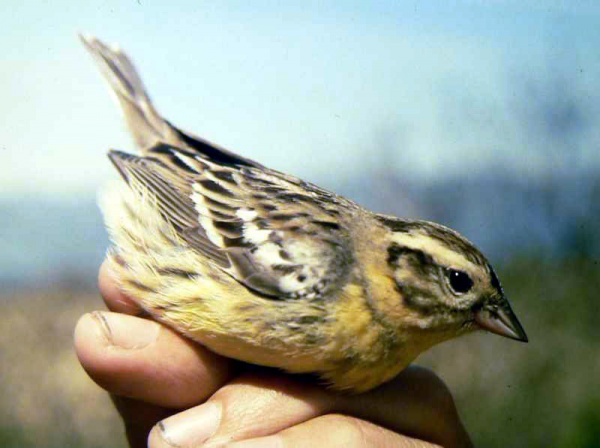Facts About Yellow-breasted bunting
The yellow-breasted bunting, a small songbird within the bunting family Emberizidae, is native to the Boreal and East Palearctic regions. Its scientific name, Emberiza aureola, derives from Old German and Latin, meaning "bunting" and "golden" respectively. This bird is easily recognized by its distinctive call and song. Unfortunately, since 2004, the yellow-breasted bunting has experienced a dramatic decline in numbers, rendering it Critically Endangered. The primary driver of this reduction is extensive hunting in China, a major migration route for the species.
This petite bird measures between 14 to 16 cm in length and weighs approximately 17 to 26 grams. Breeding males are particularly striking with their bright yellow underbellies, black streaks on their flanks, brown upper bodies, and distinctive facial markings. Females, conversely, exhibit a more subdued color palette. The yellow-breasted bunting is a migratory species, wintering in Southeast Asia, India, and southern China, with occasional sightings in western Europe and North America.
During the breeding season, these buntings prefer open, scrubby areas near water. They construct their nests on the ground and typically lay between four and six eggs. Their diet varies with the season: they consume insects while feeding their young and switch to seeds during other times of the year.
The sharp decline in their population is primarily due to trapping during migration and in their wintering grounds. Additionally, changes in agricultural practices and habitat loss have significantly contributed to their dwindling numbers.
Protecting the yellow-breasted bunting is imperative. Conservation efforts are essential to safeguard their habitats and ensure this beautiful bird does not disappear from our world.

 Laos
Laos